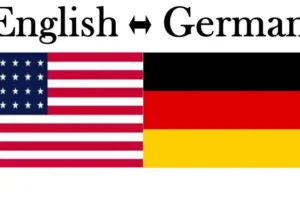
Noun gender and cases in German
Noun gender in German
Nouns in German have gender. Accordingly, things are given one of the three grammatical genders—feminine, masculine, or neuter. Of fact, since the word itself is gendered rather than the item it describes, its gender need not have any bearing on what the noun actually implies. Since they are inanimate objects, the sun and moon, for instance, are genderless in English, yet they are gendered in German as “she” and “he,” respectively. However, that is the reverse in Spanish and French. It’s a good idea to learn the gender of new German nouns at the same time because you’ll need it later.
According
to a partial account of these, male individuals and animals, tools or things
that perform tasks, days, months, and seasons, as well as elements of the
weather and rivers that are not German, tend to be masculine; female
individuals and animals, the majority of German rivers (with the notable
exceptions of the Rhein and the Main), flowers, trees, and groups of
individuals or objects, on the other hand, tend to be feminine; and finally,
the majority of inanimate objects, metals, verb infinitives changed into no
Additionally, there are some word ends that frequently serve as gender cues.
Cases in German
German
has 4 cases: nominative, accusative, genitive and dative. That is one more than in English,
where the dative case is absent. Confusion is further increased by the fact
that we frequently refer to English situations by other names. English speakers
frequently refer to the nominative case as subjective (she/he), the accusative
case as objective (her/him), and the genitive case as possessive (hers/his).
Even for the cases we have, we don’t employ the case system as much in English
(at least not in current English). In contrast to German, which also modifies
nouns and adjectives and utilises cases to indicate possession and assign
indirect objects, English merely changes specific pronouns according to the
case system (genitive and dative respectively).
You may also like

Basic level A1

Intermediate Level – B1

